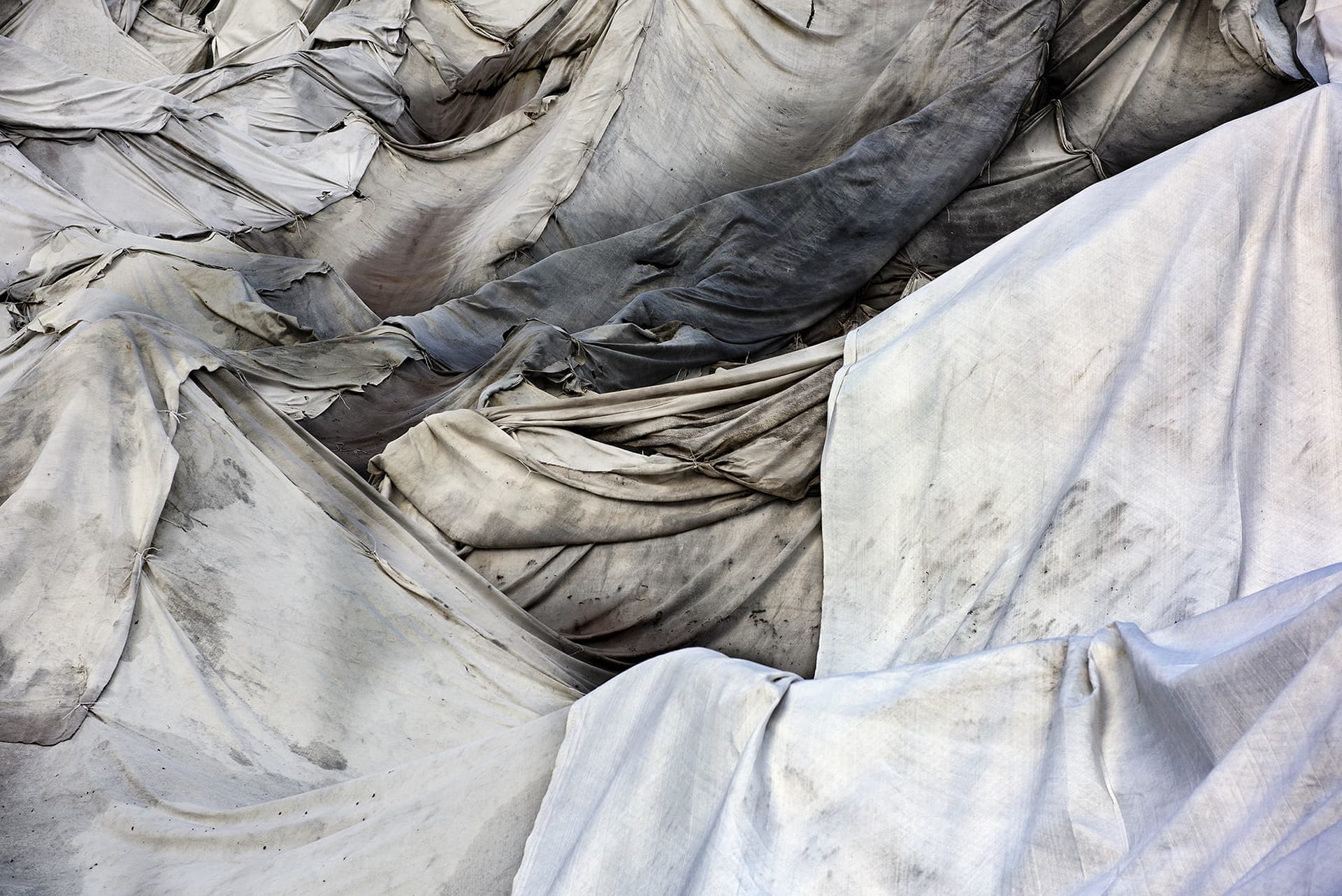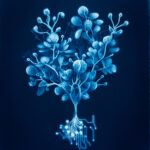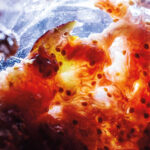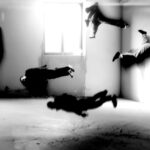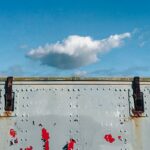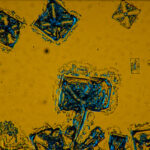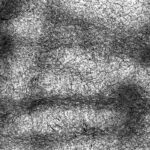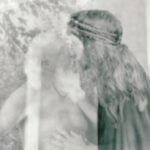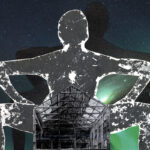Project Info
Project Description
Ultimate landscapes
Claudio Orlandi was born in Rome, where he lives and works, traveling in Italy and abroad to capture landscapes. For over ten years, he has focused on the modification of the morphology of territories, the integrity of ecosystems, and particularly glaciers, with the series Ultimate Landscapes. His images, with strong archetypal appeal, convey the breathtaking beauty of nature – reminiscent of Ansel Adams – highlighting not only the revealing but almost constructive power of light. However, they stand out for a conscious,clear attention to the landscape’s metamorphic capacity and the monumental effort of humans to restrain the excesses of their dominion in the Anthropocene era. The articulation of constantly challenged balances is emphasized, making these views unique in their photographic genre.
Orlandi’s work can be rightfully considered a emblematic – partial but in progress – mapping of the vastness and heterogeneity of mountainous natural terrain. It’s diverse in material mix, color, geometry, composition, and reflects the transformation and fragility of the environment and landscape due to the climate crisis. The nature of this extensive investigation is not documentary; it avoids a narrative and didactic tone but is related to symbolic realms and the language of art. Deliberately, it confuses common perception, leaving only some clues of representation eloquent.
Thus, one can admire surfaces that appear as beautiful abstractions, silent timeless compositions amongbreathtaking slopes and transient levelings, or semblances of highly dramatic emotional marble drapery that seem like shrines and, at the same time, living matter resembling large installations or renditions of sculptural volumes. Onlyupon closer observation does the revelation occur, uncovering snow-covered cliffs, streams of glacial water, white expanses, and, above all, glaciers covered with protective sheets.
In this way, Orlandi shows mankind’s extreme attempt to preserve the high mountain ecosystem’s balance and the glaciers’ consistency (Presena in Lombardy and Trentino-Alto Adige, immortalized in 2008 and later seasons in 2018 and 2021; Stelvio in Lombardy, Sondrio, and Trentino-Alto Adige from 2021; Swiss glaciers of the Rhone, eternalized since 2020, Diavolezza since 2021; German Zugspitze since 2019, Austrian Stubai since 2018; Paradiso dei Ghiacci since 2018) through their partial or complete coverage with white polypropylene tarps to prevent or significantly reduce glacier melting.
These covers, used for two or three years due to wear and soiling,are then replaced with new tarps over time, improved through sustainable, state-of-the-art, disposable, and biodegradable materials. This also prevents the dispersion of microplastics into the environment, a phenomenon specifically photographed by our author.
Attentive to capturing both ethics and aesthetics, and balancing them in his images, Orlandi reflects on the concept of natural integrity endangered by the ongoing precariousness of ecosystems due to widespread, reckless exploitation. Simultaneously, he contemplates the human attempts, often schizophrenic, to defend the uniqueness and persistence of these biosystems.
Barbara Martuscello
Bio
Claudio Orlandi was born in Rome, where he currently lives and works. Always passionate about photography, he devoted himself entirely to it from 2010, exhibiting and participating in shows and art fairs, and publishing his photos in major industry magazines.
He has always triedto create a different vision through his photography, emphasizing a perspective that tends to confuse the ideas of the observer, through a controlled metamorphosis of the perceptual data already implicit in the subjects themselves. He has emancipated his photographic language, moving it from a more overtly figurativerepresentation of reality to an essential painterlyabstraction, characterized by constructivechromatic gradations, sharp planes, and schematic surfaces: embodying what Plato referred to as geometry, aimed at the knowledge of the eternal.
This kind of attention is precisely what one perceives when looking at Orlandi’s images, capturing something that is there, real, yet seems ideal: sometimes pushing the corporeal beyond the limits of truthfulness through metamorphizationachieved withkaleidoscopic projections, indicating that the natural boundaries of the world are not predetermined but constantly changing, thanks to art.

